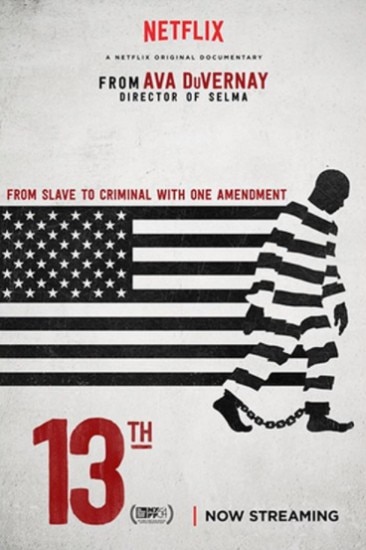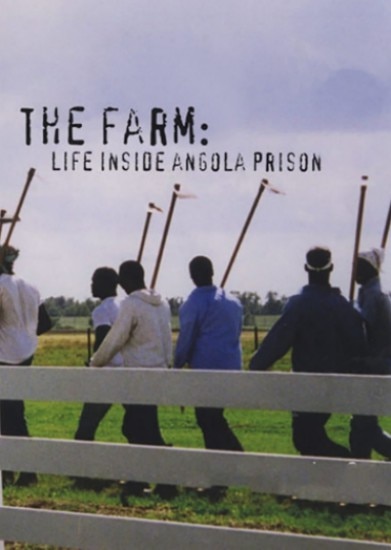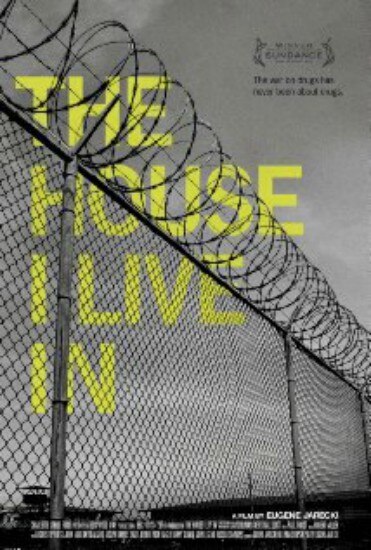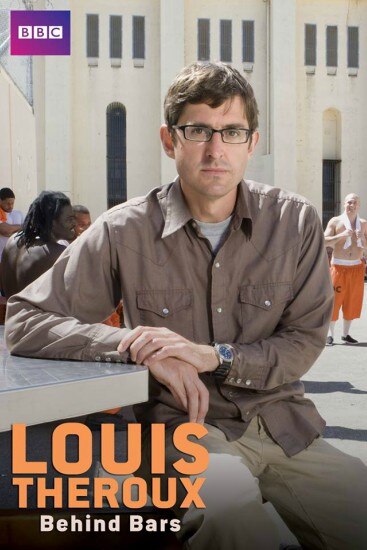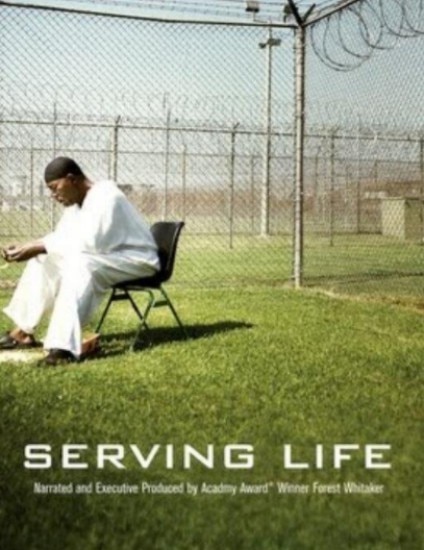Create a free profile to get unlimited access to exclusive videos, breaking news, sweepstakes, and more!
5 Movies You Should Watch About the Prison System
Sure, you probably know a bit about the prison industrial complex. Here are five movies that go really deep.
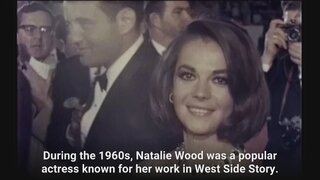
With the rise of private correctional facilities and massive racial disparity in the prison system, the prison industrial complex—a term popularized by theorist Angela Davis—is only growing in power. Even though the United States has only 5% of the world’s population, it has a whopping 20% of the world’s prison population.
When incarcerated people have very little political power over the system that imprisoned them, it falls on free residents to at least educate ourselves. Here are five movies we consider required viewing:
1. 13th (2016)
[Netflix]
"I cried a lot making this. It was emotionally exhausting," said director Ava DuVernay, of the making of this Netflix original. The 13th Amendment abolished slavery and involuntary servitude, except as "punishment for crime." DuVernay makes an exceptionally strong case for mass incarceration as modern-day slavery, citing widespread privatization of prisons and prison labor, and a system that imprisons black people at 5 times the rate it does white.
Featuring public intellectuals like The New Jim Crow author Michelle Alexander, and Angela Davis, "13th" is a punch-in-the-gut viewing experience—but if you find it hard to watch, can you imagine how hard it is to live it?
2. The Farm: Angola, USA (1998)
[Gabriel Films, Kurtis Productions]
This nominee for the 1999 Best Documentary Feature Oscar takes viewers into one of the nation's most infamous correctional facilities: the Louisiana State Penitentiary, America's oldest and largest maximum security prison. Imprisoning nearly 5,000 inmates at the time of filming, it is known as the "Alcatraz of the South" and "The Farm"—it is literally built on a plantation. Over one year, filmmakers followed the stories of six people; among the film's subjects is a 22-year-old arrival who's only just beginning his life sentence, and a death row inmate who allows cameras to accompany him as he enjoys his last meal. 85% of inmates will die behind bars, viewers learn, including Logan "Bones" Theriot, an inmate slowly succumbing to lung cancer and whose naked grief we are allowed to witness.
Daily life in Angola is excruciating. Incarcerated people routinely work in the prison farm for as little as 4 cents an hour. The land that makes up the prison farm was a plantation prior to the Civil War, and the land was tended by enslaved people from the West African nation of Angola. Now? It is worked by a prison population that is 77% black.
3. The House I Live In (2012)
[Charlotte Street Films]
The war on drugs is picked apart and examined closely at every level in the acclaimed "The House I Live In." Director Eugene Jarecki turns the cameras onto the citizens on the front lines of the nation's drug epidemic—the drug dealers, inmates, law enforcements officials, senators, and federal judges, PBS reports.
Jarecki’s documentary makes the viewer confront a single question: when it comes to the war on drugs, have we been wrong all along? The drug epidemic is a matter of public health, rather than fuel for the prison-industrial system. Jarecki examines the criminal justice system that profits from this ill-advised war with mandatory minimum sentencing and other harsh penalties for drug-related crimes. American jails boast incarceration rates in the millions, and the 45 million drug-related arrests that have been made over the last 40 years have left a sea of broken families behind.
Still, "The House I Live In" leaves room for hope: in the fight for drug policy reform, public engagement is more important now than ever, and the film refuses to release you before it's made a winning case.
4. Louis Theroux: Behind Bars (2008)
[BBC]
Notable documentarian Louis Theroux takes viewers into the San Quentin State Prison, one of the nation's oldest maximum security prisons. This prison, located in northern California, has housed thousands upon thousands of prisoners since 1852.
Theroux travels to the notoriously overcrowded prison where he, for an astonishing two weeks, embeds himself into the culture there, mixing with both the incarcerated and their guards. Viewers are given a front row seat to the unique society that exists within prison walls, complete with its own rules and customs.
For the morbidly curious, "Louis Theroux: Behind Bars" is the ultimate in voyeuristic viewing.
5. Serving Life (2011)
[OWN Network]
While "The Farm" opts for a wide-lens view of life at Angola, "Serving Life" zeroes in on the maximum security's hospice center, where prisoners are tended to by a staff of caretakers—who are also incarcerated. "Serving Life" also has some serious star power behind it: Academy Award-winner Forest Whitaker is executive producer and narrator.
"'Serving Life' reveals the humanity that exists inside each and every one of us," Whitaker told the Angola Museum. "In the Angola prison's hospice, we meet inmates who decide to take an opportunity for redemption, reminding us of the connection that exists between each and every human being."
The movie, a bona fide tearjerker, will show you a whole different side of people truly completing their life sentence in prison.
[Top Photo: Gabriel Films, Kurtis Productions, Netflix]
